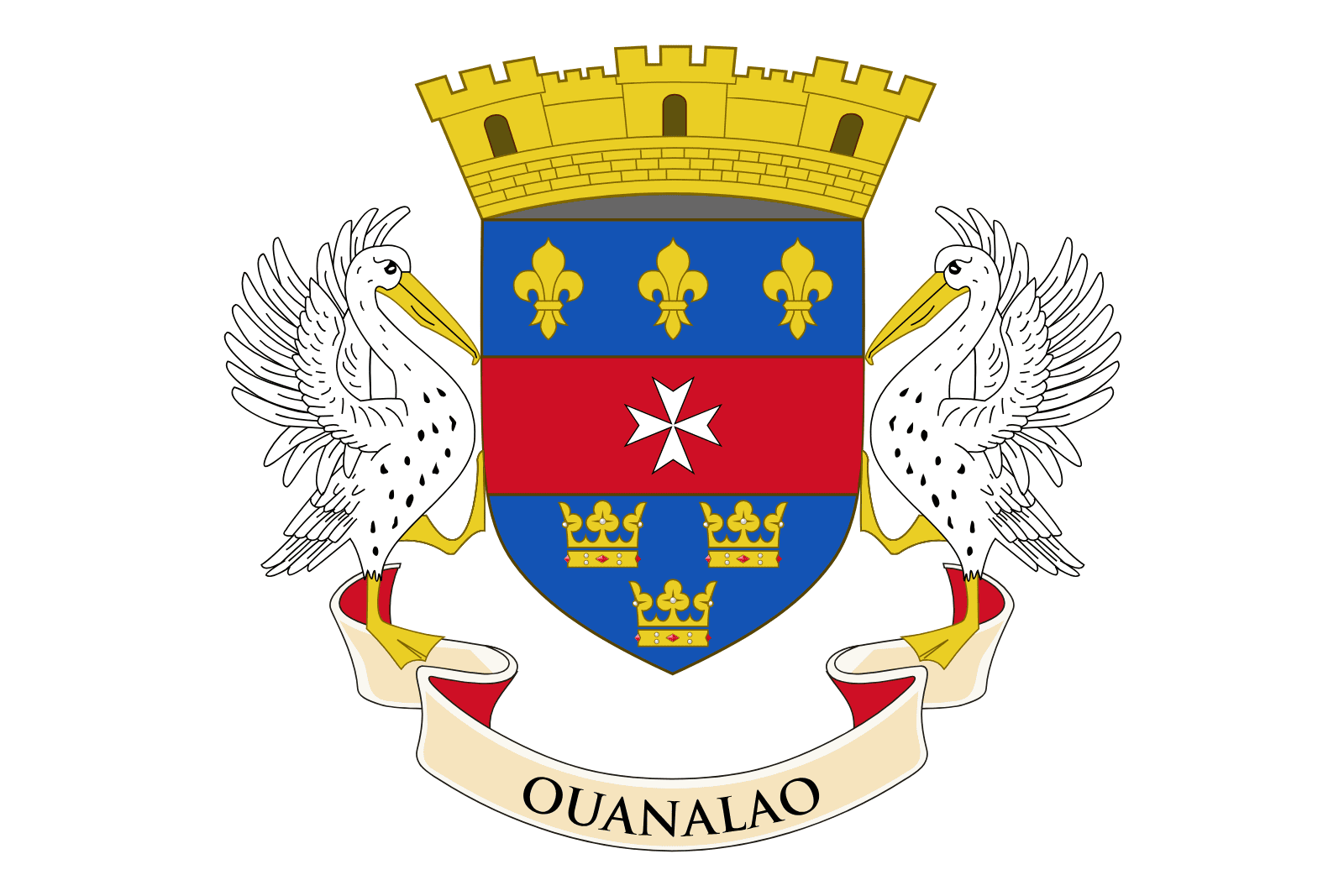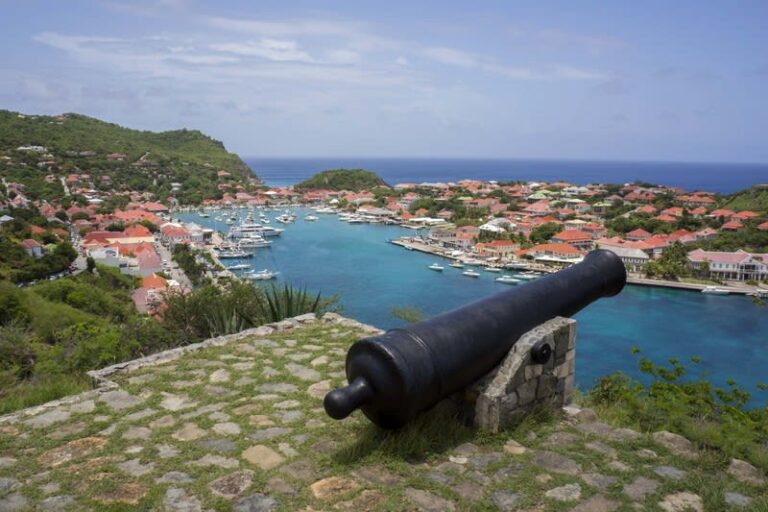St. Barthelemy Museum, aka the Musée Territorial de Saint-Barthélemy
The Musée Territorial de Saint-Barthélemy, also known as the Territorial Museum of Saint-Barthélemy, is a cultural institution that offers a fascinating glimpse into the rich history and heritage of this idyllic Caribbean island. Located in the capital, Gustavia, the museum serves as a window into the past, showcasing the unique blend of cultures, traditions, and events that have shaped Saint Barthélemy, commonly known as St. Barths, into the exclusive and enchanting destination it is today.
Historical Background
St. Barths, a small island in the Caribbean, has a history that is as colorful and diverse as its landscapes. Originally inhabited by the Taíno people, the island was discovered by Christopher Columbus in 1493 and named after his brother, Bartolomeo. Over the centuries, the island changed hands between several European powers, including France, Sweden, and eventually returning to French control. Each of these influences has left a mark on the island, contributing to its unique cultural tapestry.
The Musée Territorial de Saint-Barthélemy plays a crucial role in preserving and interpreting this rich history. Housed in a traditional Swedish-style building that dates back to the period of Swedish rule (1784-1878), the museum itself is a historical artifact. The building is a reminder of the island’s Swedish past, during which time Gustavia was named after King Gustav III of Sweden.
Exhibits and Collections
The museum’s exhibits are designed to reflect the island’s multifaceted history, covering various periods and aspects of life in St. Barths. One of the key focuses is on the pre-Columbian era, where visitors can learn about the Taíno people, the island’s original inhabitants. Artifacts from this period include pottery, tools, and other archaeological finds that offer insight into the daily lives of these early settlers.
Another significant section of the museum is dedicated to the period of Swedish rule, which had a profound impact on the island’s architecture, administration, and trade. Exhibits feature historical documents, maps, and photographs that illustrate the island’s development during this time. The Swedish influence is still visible today, not only in the museum building itself but also in the layout of Gustavia and other architectural remnants.
The museum also delves into the French colonial period, exploring how the island transitioned back to French control and how this shift influenced the island’s culture and economy. Displays include traditional costumes, household items, and other artifacts that provide a snapshot of life on the island during the 19th and early 20th centuries.
In addition to these historical exhibits, the Musée Territorial de Saint-Barthélemy also features displays on the island’s natural history. This includes information on the local flora and fauna, as well as the marine environment that surrounds St. Barths. The museum emphasizes the importance of conservation and the efforts to preserve the island’s unique ecosystems.
Cultural Significance
The Musée Territorial de Saint-Barthélemy is more than just a repository of artifacts; it is a vital part of the island’s cultural life. The museum hosts regular exhibitions, educational programs, and events that engage both locals and visitors. These activities are designed to promote an understanding of St. Barths’ heritage and to ensure that the island’s history is preserved for future generations.
Visitors to the museum often find that it enhances their appreciation of the island. Understanding the historical context of St. Barths adds depth to the experience of exploring its beaches, towns, and natural landscapes. The museum also serves as a reminder that beneath the island’s glamorous exterior lies a rich and complex history that continues to shape its identity.
Conclusion
The Musée Territorial de Saint-Barthélemy is an essential destination for anyone interested in the history and culture of St. Barths. Through its carefully curated exhibits and engaging programs, the museum offers a comprehensive overview of the island’s past, from its indigenous roots to its colonial heritage and beyond. Whether you are a history enthusiast or simply a curious traveler, a visit to this museum provides valuable insights into the forces that have shaped one of the Caribbean’s most beloved destinations.







